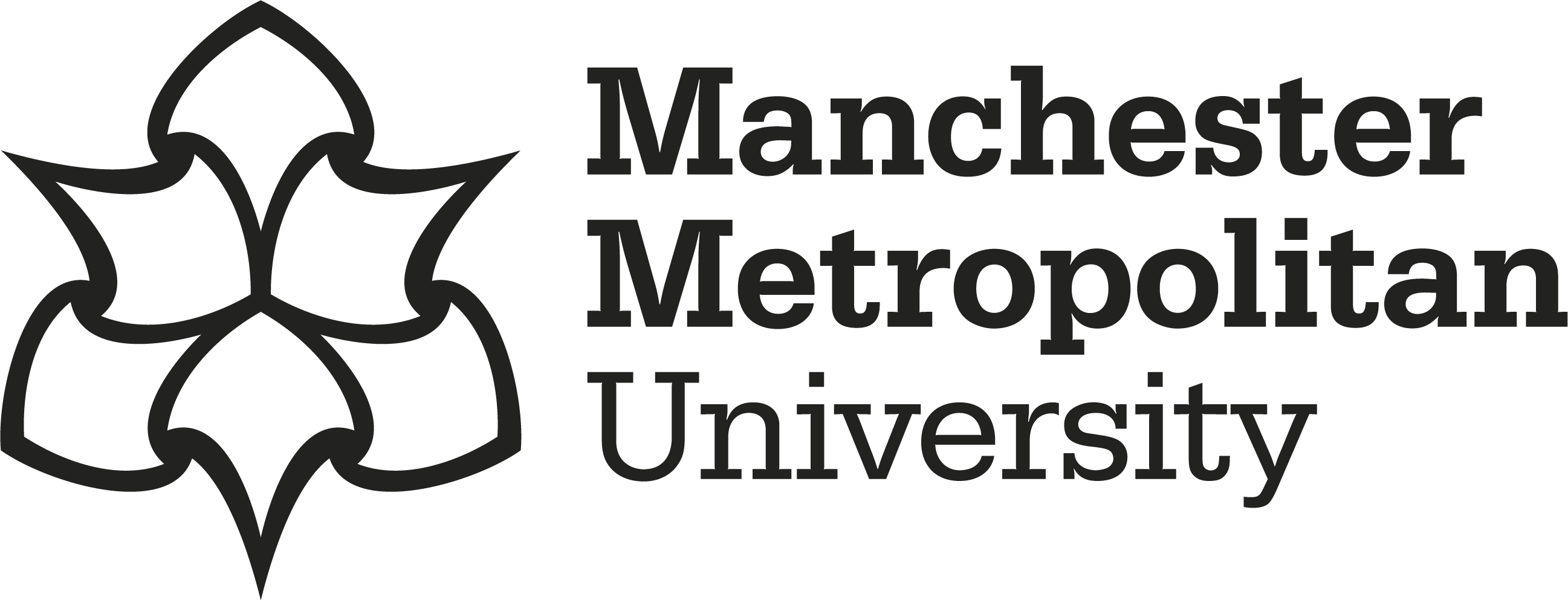Alamoush, Rasha A., Yang, Jiawei, Alhotan, Abdulaziz, Haider, Julfikar 
|
Published Version
Available under License Creative Commons Attribution Non-commercial No Derivatives. Download (3MB) | Preview |
Abstract
This study aims to evaluate the effects of the home bleaching method on the surface microhardness and surface roughness of both polished and unpolished CAD-CAM resin composite materials. A polymer-infiltrated ceramic network (PICN) block, Enamic (VE), along with four resin composite blocks (RCB) (Grandio [GN], Lava™ Ultimate [LV], BRILLIANT Crios [B], and Cerasmart [CS]), were prepared to dimensions of 14 mm × 12 mm × 2 mm and were categorized into unpolished and polished groups (n = 4). Microhardness measurements were conducted using a Vickers microhardness tester (300 gf load for 20 s) at various time points: before home bleaching, after home bleaching with 15% Opalescence for 8 h and for 56 h, 24 h after bleaching, and one month after bleaching. Surface topography was examined using a stylus contact profilometer (n = 4) and a scanning electron microscope (n = 3) at ×40 k magnification. Control specimens from each group were also measured. Data were analyzed using one-way ANOVA, Tukey’s post hoc test, two-way ANOVA and an independent t-test. The polished samples demonstrated a decrease in hardness after 8 h of bleaching, with the most significant reduction observed in VE, followed by GN, LV, CS, and BR. Significant differences were noted between all materials except for CS and LV. After 56 h, VE exhibited the greatest decrease in hardness, followed by GN, LV, BR, and CS, with significant differences between all materials except BR and CS. In the unpolished group, VE showed the highest reduction in hardness after 8 h of bleaching, followed by LV, GN, BR, and CS. After 56 h, the order was VE, LV, GN, CS, and BR, with significant differences observed between all materials except BR and CS. Similar trends in hardness reduction were observed at 24 h and 1 month post-bleaching. Additionally, hardness was significantly reduced after polishing for all materials. Overall, the reduction in hardness was significantly influenced by the type of material, the time, and the interaction between these factors (p < 0.05). Home bleaching using 15% carbamide peroxide significantly decreased microhardness. This effect was more pronounced in unpolished groups and with prolonged exposure. Further studies are recommended to determine the suitable concentration and duration of 15% carbamide peroxide application to ensure its use is safe for CAD-CAM materials.
Impact and Reach
Statistics
Additional statistics for this dataset are available via IRStats2.


